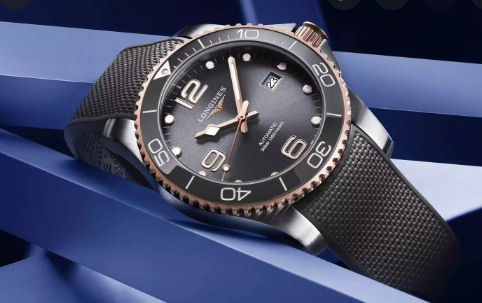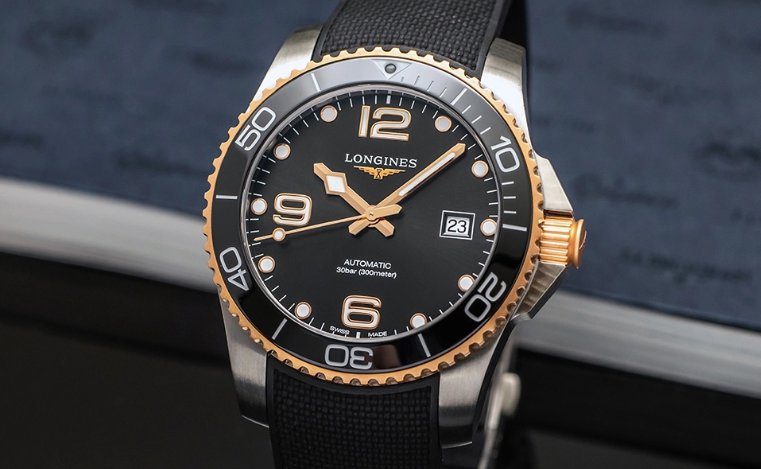The vintage market has seen a rise in demand in recent years, and many of the industry’s biggest names have taken notice. Many brands, including Longines, have reissued successful or memorable models from their past, sometimes referred to as “heritage” watches. These new vintage watches combine vintage design elements with modern watchmaking techniques in a nod to a long-lost era. Longines is one of the brands making the most of this trend with its focus on the past and its attractive price points.
The Longines catalog includes three heritage collections between its classic and sports watch categories. Heritage Classic, Heritage Avigation, and Heritage Military. This guide will focus on Longines’ Heritage Military collection, which belongs to the brand’s Avigation sub-category. We will also briefly introduce Longines’ fascinating history of producing military best replica watches.
Longines is one of the oldest watchmakers in the Swiss watchmaking industry, with roots dating back to the 1830s. Their portfolio is impressive, to say the least, with achievements such as the world’s first clock in 1913, the first wristwatch with a rotating bezel released in 1931, and the first chronograph with a flyback function in 1936, just to name a few. Many of these innovative timepieces were the basis for watches produced by Longines for military use.

Longines has a long history of making military watches, even becoming an innovator in this field. They helped pioneer many of the technologies used in pilot’s watches during World War II, including the Weems Seconds regulator and the Hour Angle. In total, Longines produced up to 8,000 military watches for the British during the war, some of which were the inspiration for the Heritage Military Collection.
Navigation technology before World War II was very primitive. A single miscalculation could take a pilot mile off course, which is where the Longines Weems Seconds Chronograph came into play. It was developed by Captain Philip Van Horn Weems in the 1920s using Longines’ rotating bezel technology. It features a 60-second scale on the bezel. The principle was that the wearer could rotate the bezel to coordinate with the beeping sound their radio made every passing second, thus allowing the wearer to synchronize with the outside world and determine its margin of error.
In 1931, Longines and Charles Lindbergh adopted the design of the Weems Seconds Watch and built on it to cater to the needs of Royal Air Force pilots. The result was the Hour Angle luxury replica watches, which essentially helped the wearer determine their position. While this may sound simple, the Hour Angle is a complicated timepiece that few people know how to use. For the sake of simplicity, it uses longitude and Greenwich Mean Time to navigate. Because of the intricate craftsmanship involved, the Hour Angle’s design is one of the most unique products produced by Longines.
The next most striking military watch produced by Longines was what is now known as the “Greenlander.” During World War II, the British Ministry of Defense commissioned several watchmakers to equip its pilots and soldiers with reliable watches. Their requirements were stringent. The watches could only be made of stainless steel and must be waterproof. In addition, any watch produced for the British during the war had to have a clear dial with luminous hour markers and hands. The watch produced by Longines for this war was the Greenlander, which had an easy-to-read dial, a sturdy stainless steel case, and a reliable movement.
